The demolition excavator of Liebherr 960 won awards and recognition for its capacity and control system.
 While the environmental issue takes its place in the construction industry, increasingly the question of construction and demolition waste (known by the acronym RCD) becomes essential.
While the environmental issue takes its place in the construction industry, increasingly the question of construction and demolition waste (known by the acronym RCD) becomes essential.
A vast variety of companies has been adapting their businesses, or even entering the market, to take advantage of the opportunities that appear and at the same time collaborate with the collective effort of the industry to reformulate their practices a nd impact the environment less.
This is how the sectors of demolition and recycling of construction waste were never as close together as they are now. This is reflected in the emergence of companies, business fairs, and associations that deal with the issue of RCD in their countries. As usual, in Latin America, we are not very advanced in the topic, but some elements can make us proud.
 Everything, in as much, depends on the legislation produced to regulate and to determine obligations of recycling. In general, when these legislations exist, an active market for products derived from the DRC is created.
Everything, in as much, depends on the legislation produced to regulate and to determine obligations of recycling. In general, when these legislations exist, an active market for products derived from the DRC is created.
The mayor of Bogotá, for example, published its regulation establishing obligations for DRC treatment in 2012. It was found that as of 2013 the waste generated in the Colombian capital should allocate at least 5% of its weight to recycling. Besides, determined that each year this requirement should grow by 5% to reach at least 25%, which should be achieved this year in the city.
In Brazil, the National Environment Council decided in 2002 to oblige all the municipalities of the country to develop their plans for recycling and use of construction waste. Since then, many (but not all) cities have seen their RDC recycling markets.
For its part, in Brazil, an association with 32 companies gathers the most outstanding part of this market. Absecon (Brazilian Association for the Recycling of Waste from Civil Construction and Demolition) |
carries out studies and promotes good ecological practices in the construction industry. Finally, it should not be ignored that this year for the first time the Sobratema Summit, which will bring |
together the leading equipment and solution fairs of Latin America in São Paulo, will have its environmental interface with the BW Expo, simultaneously with Construction Expo and M & T Piezas y Services. |


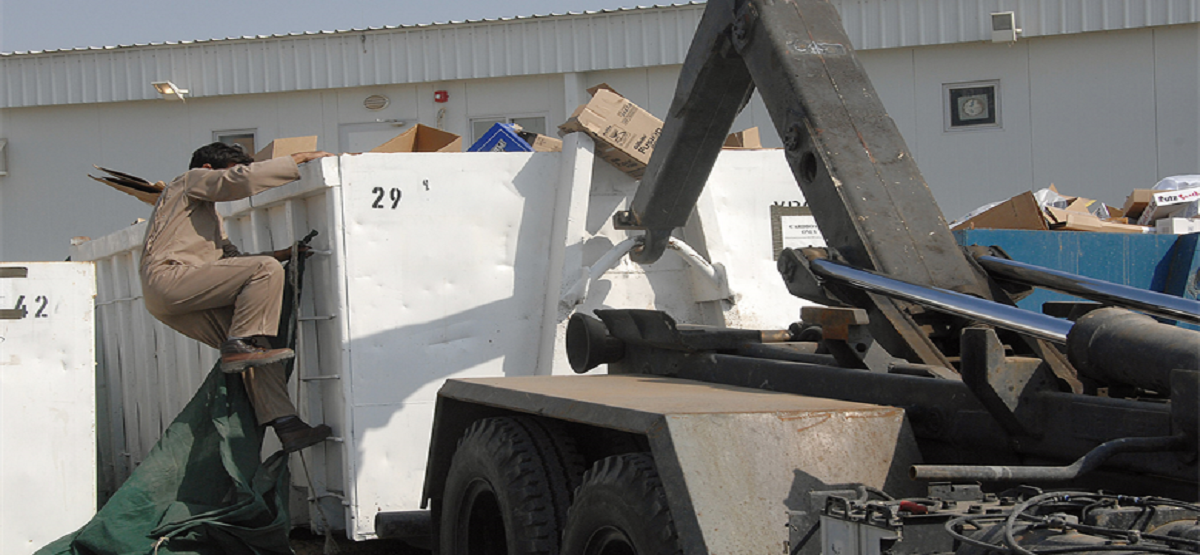
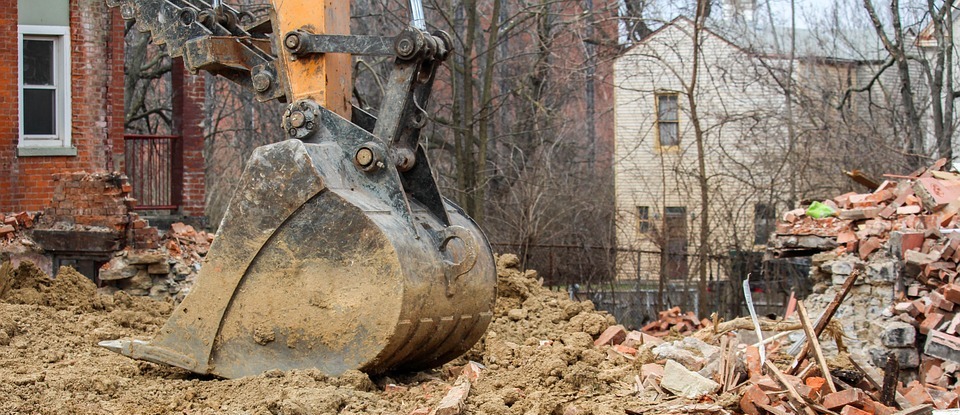
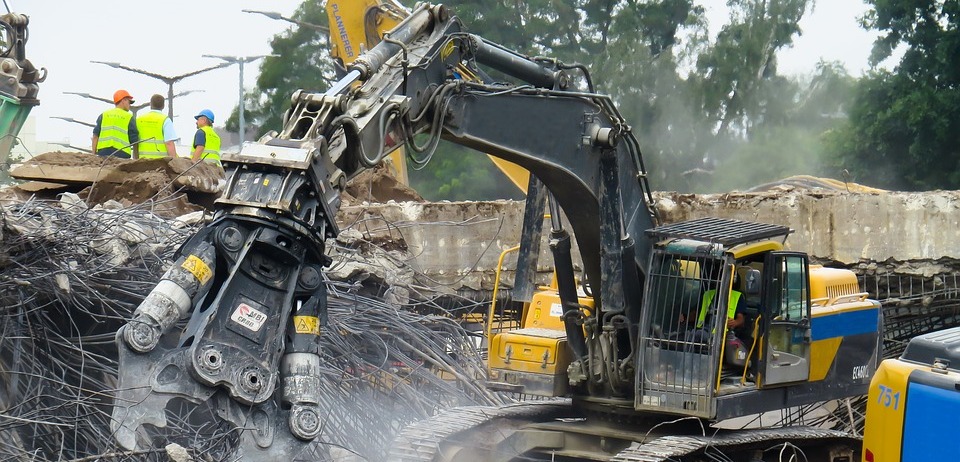
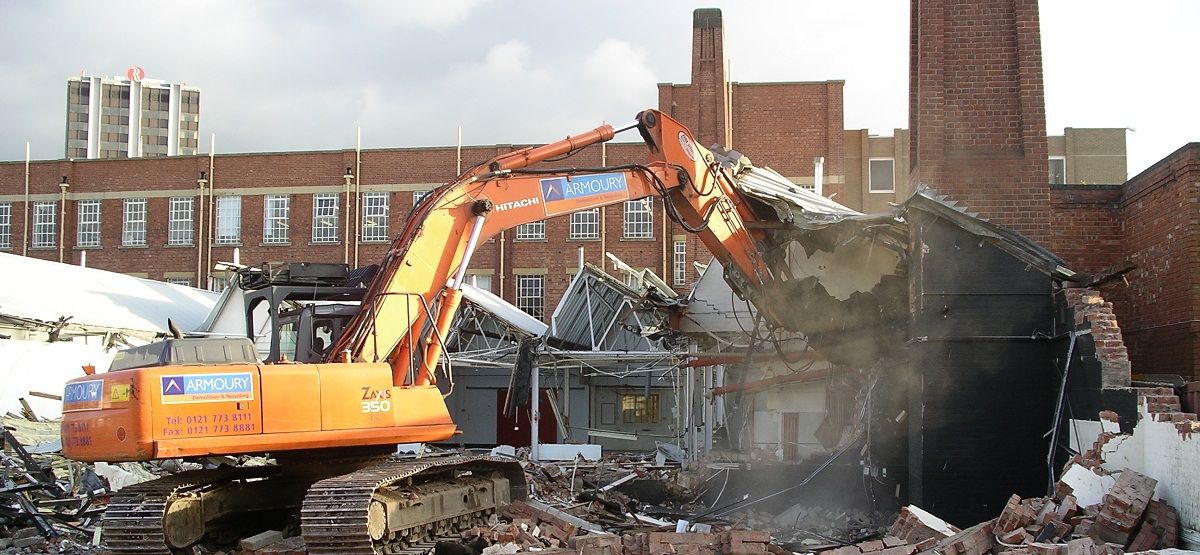
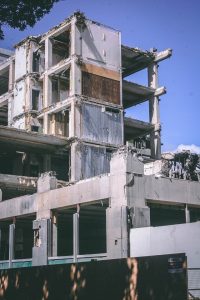 The norm applies the principle of producer responsibility, waste prevention, and co-responsibility among all the agents involved in the RCD production and management chain (promoters, designers, facultative management, builders, managers, etc.).
The norm applies the principle of producer responsibility, waste prevention, and co-responsibility among all the agents involved in the RCD production and management chain (promoters, designers, facultative management, builders, managers, etc.).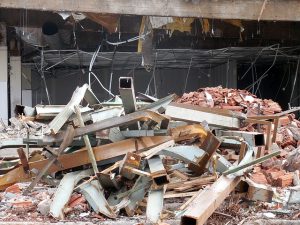 – Industrial RCDs, which come from construction or demolition works outside the domestic sphere. The responsibility of the management is of the producer by the specific regulations existing for this purpose.
– Industrial RCDs, which come from construction or demolition works outside the domestic sphere. The responsibility of the management is of the producer by the specific regulations existing for this purpose.